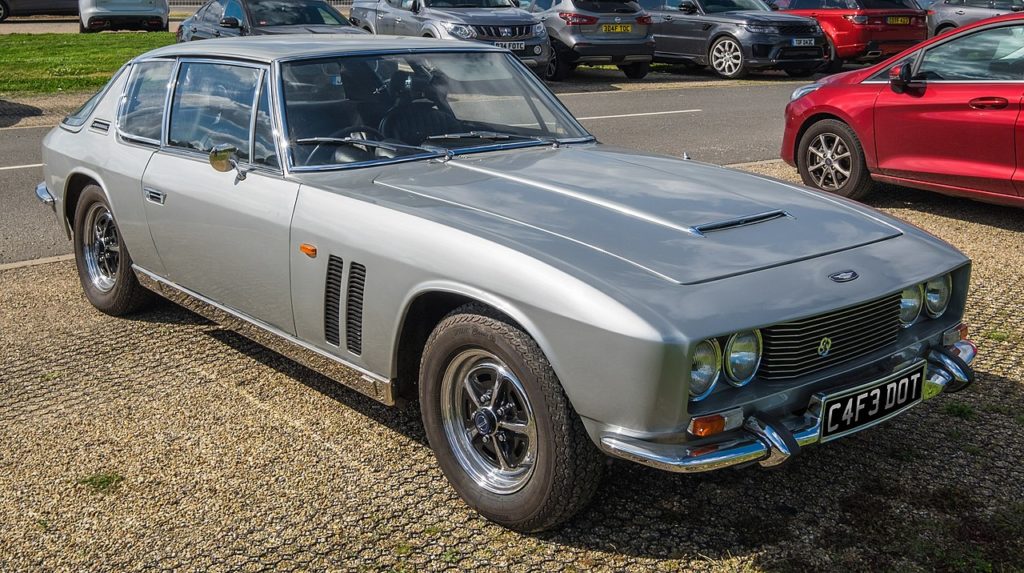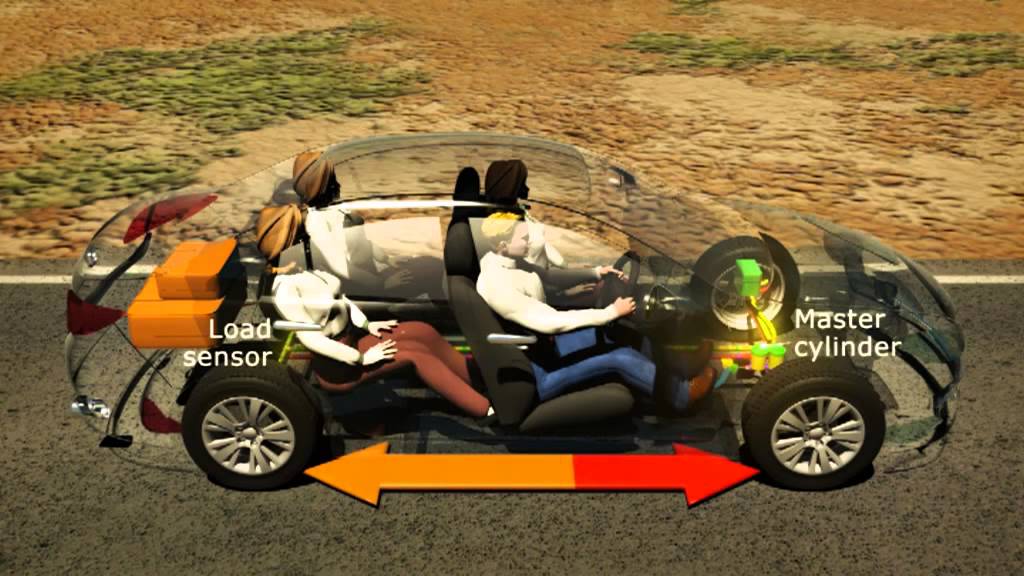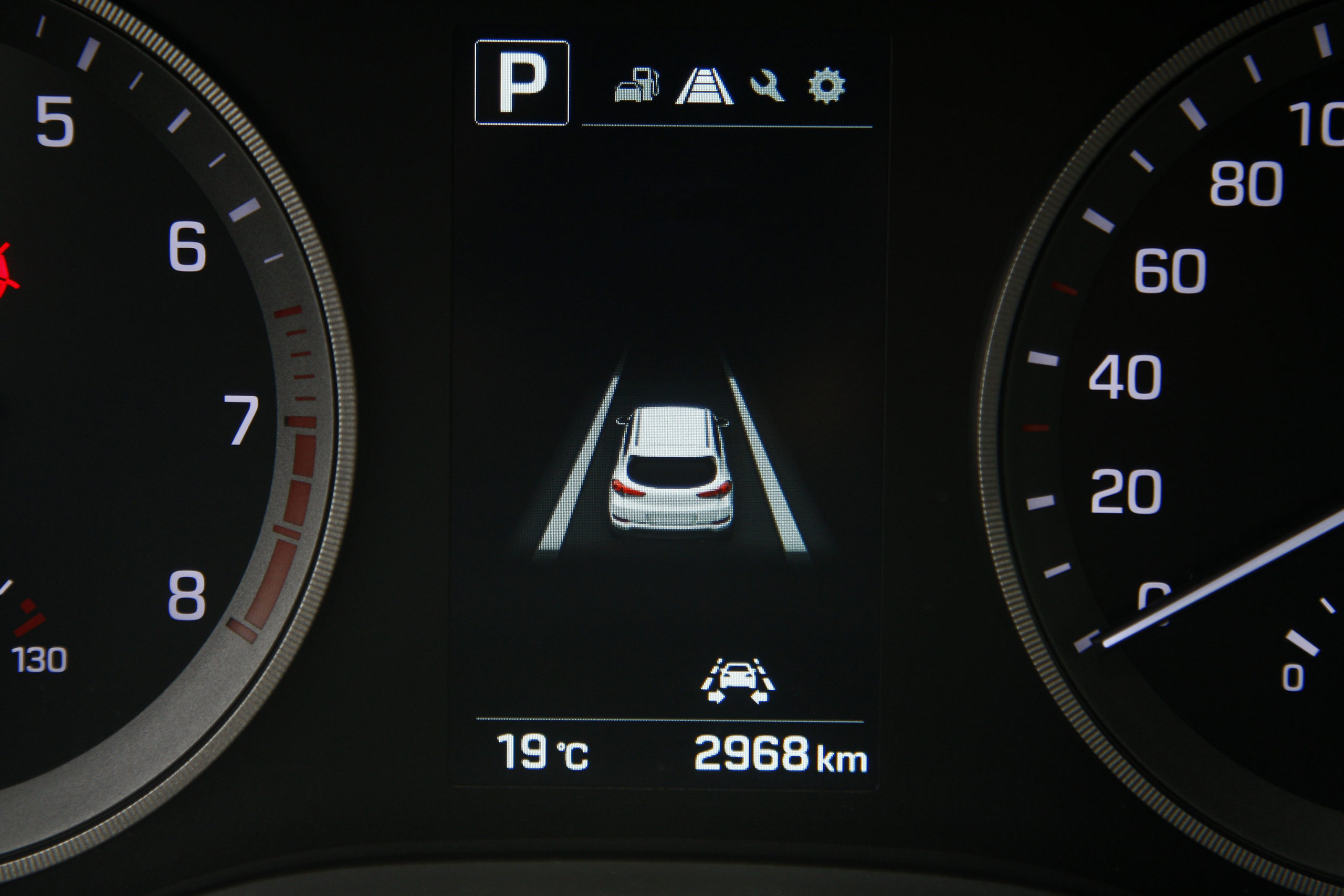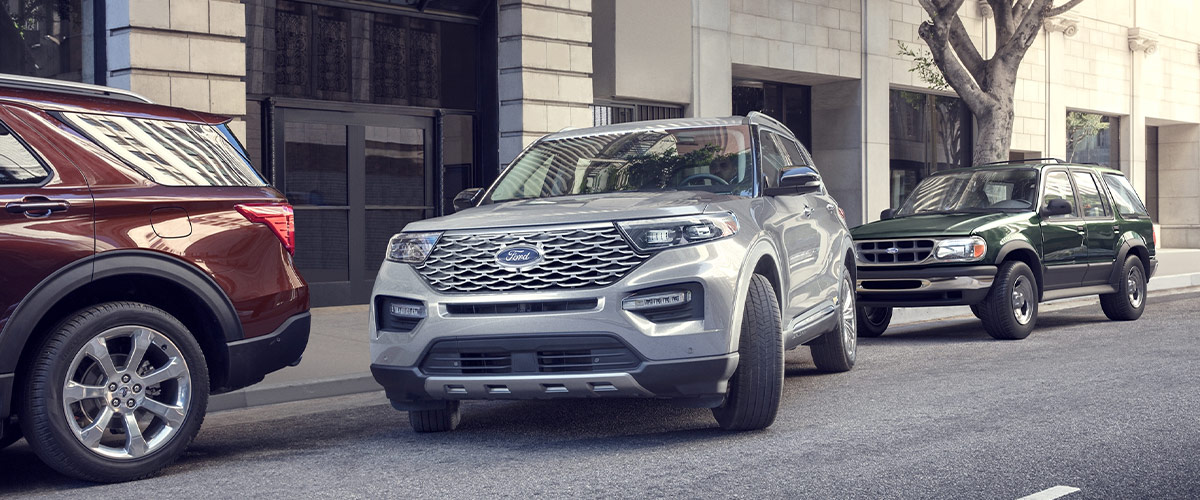Braking systems and your teen’s first car: Antilock brakes (ABS) and Electronic Brakeforce Distribution (EBD)
Moms and dads today we are talking about one of the most important safety features of a car- the brake system. As you begin shopping for cars and comparing features you are bound to come across some names and acronyms that are a bit unfamiliar to some of you.
If I were to ask you to name a brake technology, you probably would say ABS or Anti-lock braking system. It’s usually the triangle with the exclamation mark you see on your dash for a second when you crank up your car. Perhaps you know what ABS is, or at least you know that your car has it. But what does ABS braking mean and what does it do? To answer that, I must first give you a history lesson.
There are conflicting accounts as to who actually invented the ABS brake system and like all early technologies, various crude versions were being developed simultaneously beginning in the 1950s. ABS was developed to help planes land quickly without wheel hop and at a shorter distance.
You may be surprised to learn that the first car to feature ABS brakes dates back to a time when most cars still had four-wheel manual drum brakes. ABS first appeared on the British-built 1966 Jensen FF, which was also the first sports car to feature four-wheel drive. The British ABS system was fully hydraulic and cumbersome which made it difficult to produce. Only 320 Jensen FFs were built.

Modern ABS technology was invented by Mario Palazzetti in 1971 (known as mister ABS) in the Fiat research center and it was developed for the 1960s Concorde aircraft.

In 1969 Ford developed an electronic ABS system as an option in the 1969 Ford Thunderbird and Continental Mark IV, but it only worked the rear wheels.
In 1971 Chrysler came out with the Sure Brake four-wheel ABS system on the 1971 Imperial.

But it wasn’t until the 2000 model year that ABS brakes were federally mandated for use on all passenger vehicles and then in 2013 for all passenger cars, trucks, and busses under 10,000 lbs combined with electronic Stability Control (ESC) (Include a link to ESC article when written and posted)
At Rookie Rides we do not advocate that you search for any vehicle older than 2011, so you can rest assured that all our suggested vehicles are equipped with ABS and most with ESC.
ABS brakes Operation
So how does ABS work? It’s quite simple really, as soon as the vehicle wheel speed sensors detect a rapid reduction in speed from hard braking it will send a signal to the ABS controller which turns the individual brake valves on and off quickly essentially pumping the brakes for the driver without the driver having to lift their foot off the pedal.
The ABS system is also used to control the Cornering Brake Control (CBC) , and the Traction Control System (TCS).
Benefits of having ABS
All of this ABS system technology is in place to prevent you from locking up the brakes, reducing braking distance, especially in a panic stop, and keeping you in your lane instead of skidding out of it.
An Australian study showed that ABS brakes reduced multiple-vehicle crashes by 18 percent and run-off-road crashes by 35 percent.
Electronic Brake Force Distribution (EBD)
Another term you may see listed when car shopping for your teen is EBD. Many vehicles equipped with ABS, and ESC will also have EBD. So what is EBD and how does it work?

When you are driving your car with no passengers and little to no cargo, your front brakes do most of the braking for you. This is because the front wheels have most of the weight on them and the most grip.
When you add passengers or heavy cargo, these dynamics are altered and therefore the vehicle needs to compensate. EBD is essentially a sensor that communicates with the ABS module to send additional braking power to the rear wheels to even the brake force distribution and help slow the vehicle down faster and steadier. The amount of distribution will be equal to the amount of additional load in the vehicle.
The EBD system in your car will also work with the vehicle’s yaw sensor to detect pitch and roll in the turn. If it detects a potential for the vehicle to lose control or traction in the turn, the EBD system can send some braking to the outside tires to help slow the vehicle and straighten it out without you having to hit the brakes. Most drivers never notice these systems even functioning because it is seamless.
Most cars today offer EBD as part of their vehicle control systems, although some may specifically call it out in their vehicle specification sheets.
At a minimum, a vehicle that Rookie Rides consider safe will have ABS brakes, Electronic Stability Control, and therefore most likely Electronic Braking Systems as well.
Safe Motoring!

 Back to Teach Me
Back to Teach Me






